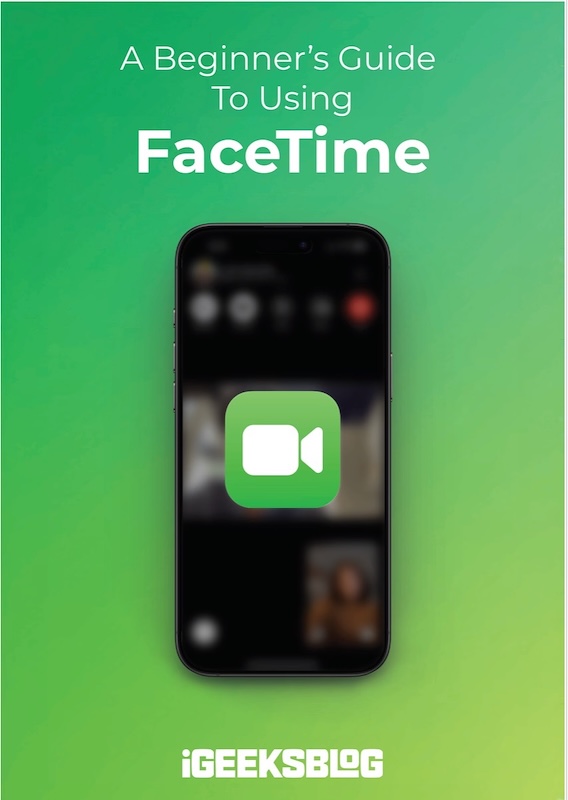
FaceTime Like a Pro
Get our exclusive Ultimate FaceTime Guide 📚 — absolutely FREE when you sign up for our newsletter below.

FaceTime Like a Pro
Get our exclusive Ultimate FaceTime Guide 📚 — absolutely FREE when you sign up for our newsletter below.
Apple ended its Pay Later service but now offers a new "Buy Now, Pay Later" option. Explore how it works!
Apple Pay makes paying for things quick and secure using your iPhone, iPad, or Apple Watch. One cool feature was Apple Pay Later, which let you split purchases into smaller payments over time. But things have changed!
Apple has discontinued its own Pay Later service and now works with other companies to offer Buy Now, Pay Later (BNPL) options. This article explains how to use Apple Pay Later, manage your payments, and check your balance.
Yes, Apple ended its own Apple Pay Later service in 2024. It no longer offers its “pay in four” loans directly. Instead, Apple now partners with companies like Affirm and Klarna to provide BNPL options when you use Apple Pay.
If you had an Apple Pay Later loan before, you can still manage it through the Wallet app or contact Apple’s Pay Later Specialist at (866) 732-7753 for help. For more details, check Apple’s official support page: Apple Pay Later Support.
Buy Now, Pay Later (BNPL) is a way to pay for something over time instead of all at once. Imagine you buy a $200 coat but only pay $50 per month for four months. BNPL breaks your purchase into smaller payments. If you pay on time, you usually don’t pay interest. It’s like a mini loan.
With Apple Pay, you can use BNPL for online or in-app purchases—but not in physical stores. Companies like Affirm and Klarna handle these payments, while Apple Pay makes the process smooth and secure.
Apple Pay no longer offers its own BNPL program, but it supports third-party providers that allow you to split payments. Here’s how it works:
Also Read: What Stores Take Apple Pay? The Ultimate Guide
Apple partners with companies like:
Other providers may be added in the future, so check the Wallet app for available options. Each provider has unique terms, so review them carefully.
To use BNPL with Apple Pay, you must meet certain criteria:
Then, set up Apple Pay and add your BNPL provider’s virtual card.
Once added, you’re ready to use BNPL at checkout!
Here’s how to use BNPL when shopping online or in apps:

You’ll see the transaction marked in your Wallet app, clearly showing it as a BNPL purchase.
You can track BNPL payments in two places:
In Apple Wallet:
In the Provider’s App:
Refunds: If you return an item, the merchant processes the refund, which may take up to 10 days. Your provider will adjust the payment schedule accordingly.
BNPL is a smart option for:
However, don’t use BNPL for impulse purchases. It’s best for planned expenses you can afford to pay off on time.
BNPL is convenient, but it comes with risks:
Alternatives to Consider:
Here are fixes for common Apple Pay problems:
| Problem | Solution |
| “Pay Later” not showing | Ensure your device runs iOS 18 or later and that the BNPL card is added. |
| Payment declined | Update your info or verify your account with the BNPL provider. |
| Can’t add BNPL card | Make sure the provider’s app supports Apple Pay and is up to date. |
| Refund not processed | Contact the merchant first, then the BNPL provider if needed. |
| Wallet notifications missing | Enable Wallet alerts in Settings > Notifications. |
Still need help? Call Apple BNPL Support at 1-866-732-7753, available 8 AM – 11 PM ET.
Apple Pay’s monthly installment options make shopping more flexible and secure. With providers like Affirm and Klarna, you can split your payments easily and track them within the Wallet app. Setup is simple—but remember to read the terms, avoid overspending, and pay on time to stay financially healthy.
If you have questions, feel free to leave them in the comments!
FAQs
Yes, it might. Starting in Fall 2025, FICO will include BNPL payment history in your credit score. Paying on time could improve your score, while missed payments may negatively affect it. Some providers, like Affirm, may run a soft credit check (which doesn’t affect your score), while others might do a hard inquiry. Always check the provider’s terms before signing up.
Related articles worth reading: